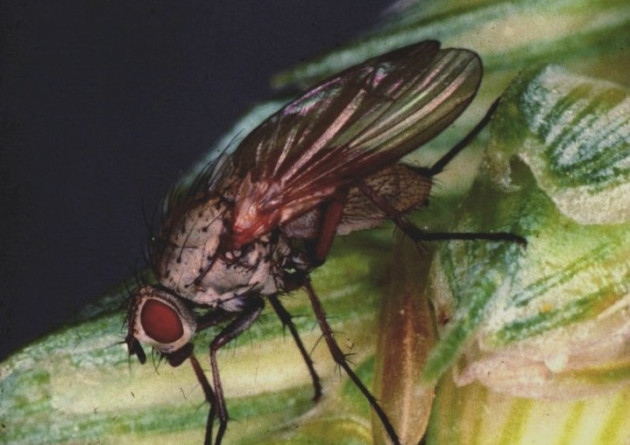
Initial egg count results from the autumn wheat bulb fly survey suggest it is likely to be another relatively low-risk year for the pest.
Conducted by ADAS, the survey involves taking soil samples in September from 30 fields prone to wheat bulb fly (WBF) attack and calculating the number of wheat bulb fly eggs per square metre.
To date, results have been analysed from 14 sites – ten located in the East of England and four located in the North of England.
Egg counts at five of these sites exceeded the 100/m2 seed treatment threshold, which applies to late-sown winter wheat crops.
Early sown crops are unlikely to benefit from seed treatment, as they have more time to tiller and are better able to withstand WBF attack.
Seed treatments also lack persistence to protect such crops. For late-winter/spring-sown crops, seed treatments should be considered, if eggs are present.
Although egg numbers are higher than 2017, the overall picture is of relatively low risk.
Only one site had significantly more than 100 eggs/m2 – a potato site in Cambridgeshire (322 eggs/m2).
Wheat bulb fly is found more in the eastern half of England than in other parts of the UK.
It lays eggs on bare soil which means it can be more of a problem after fallows or crops that are harvested early.
Levels of the pest vary from year to year according to harvest times and rainfall. Wheat bulb fly levels are generally highest after a wet harvest period the previous year.
